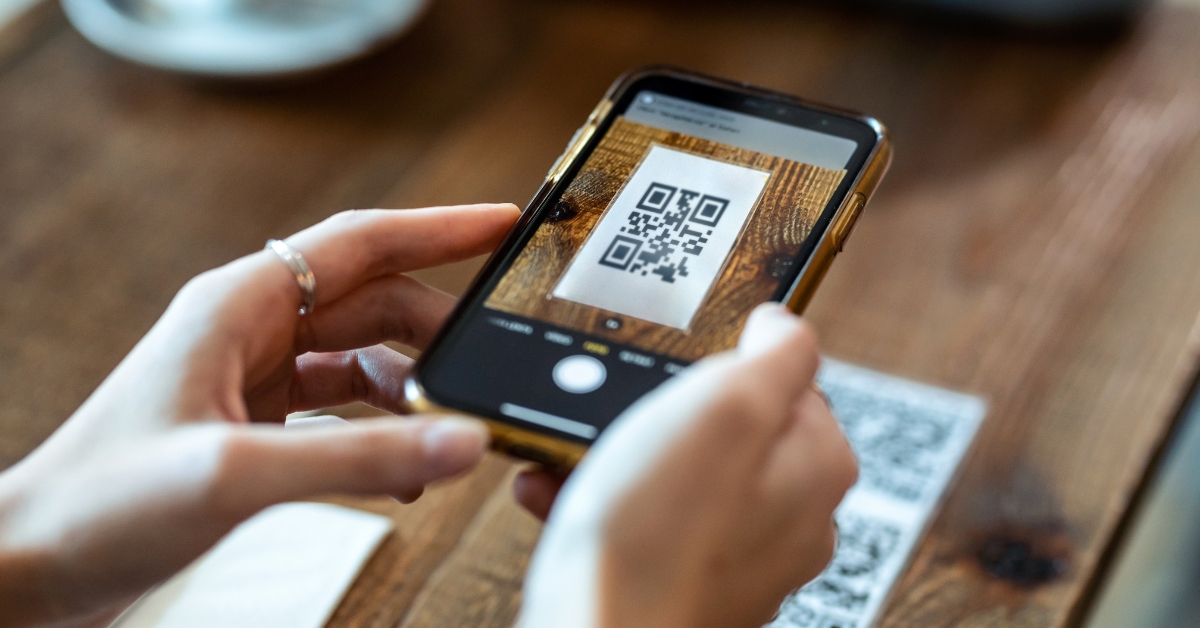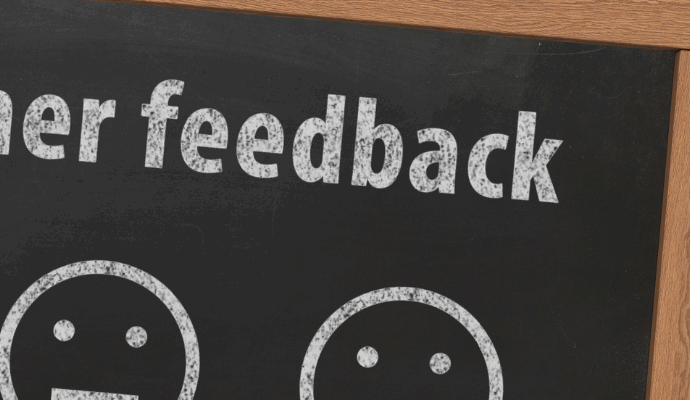![3[1]](https://datagraphic.co.uk/wp-content/uploads/2025/08/31-690x400.png)
Although our day-to-day interactions are increasingly digital, customers and employees still yearn for physical, real-life experiences.
Contrary to popular belief, consumers are no longer forced to choose between one or the other. Instead, they can enjoy the crossover between the physical and digital worlds, more commonly referred to as phygital.
What is phygital marketing?
Phygital is the merging of physical and digital practices. By doing so, you can create a seamless experience that increases engagement and elevates customer satisfaction.
In marketing practices, phygitality refers to the integration of online and offline techniques as part of a cohesive strategy.
The phygital experience aims to build immersive yet real-time interactions that enhance the customer experience.
You will likely have encountered examples of phygital marketing without even realising it. For example, augmented reality, digital kiosks, and QR codes are phygital technologies that are now commonplace.
Golding Homes
To better understand the use of phygital engagement in marketing, let’s examine Golding Homes’ successful implementation of Datagraphic’s Aceni Hybrid Mail.
Golding Homes is a housing association responsible for over 8,000 homes in Kent. This organisation adopted phygital marketing techniques by adding two QR codes to their printed statements through our Hybrid Mail solution.
One code linked tenants to make their payments, and the other prompted them to sign up for the online portal.
Therefore, this simple addition to their customer mail encouraged tenants to use the self-service technology on Golding Homes’ online portal.
As a result, this low-cost phygital concept helped drive digital engagement, leading to a 20% increase in online payments in the following months.
More examples of phygital include directing customers from paper communications to informative online videos that are easier to digest. For example, announcing a change in legislation, a QR code on a physical mailing can direct customers to an explanatory video.
In addition, phygital marketing can facilitate effective communication management by tailoring the way customers receive information to their specific needs and preferences. Customers with impairments, for example, could access a more accessible format.
The importance of a phygital strategy in customer experience
Whether through customer service or communication, improving customer experience should always be at the forefront of your organisation’s strategy.
A positive customer experience leads to greater affinity with an organisation. And in a competitive world, the next best alternative is only a click away. A quick Google search offers hundreds of viable options.

Adopting a phygital strategy allows customers to benefit from the best worlds and can help your organisation stand out in the crowd.
How phygital experiences improve the customer journey
1. Customer needs and standards are met instantly
Offering customers and employees a multichannel experience allows them to choose their preferred communication channel. In a truly optimised service, that may be digital, physical, or both.
If consumers would rather interact with your organisation digitally, you can offer this alternative without disregarding those who prefer traditional communication.
2. Connect with customers on a personal level
You can use digital technologies to provide an easy and convenient journey through personalised phygital experiences.
For example, document automation can securely link automated print mailings to online forms that are pre-populated with personal data.
3. Physical and digital channels work together
When executed correctly, combining physical and digital channels plays a part in a mutually beneficial and complementary omnichannel strategy.
Organisations can benefit through data-driven phygital engagement. Customers receive improved service and can be reassured by the reliability of physical communication.
4. Increases customer engagement, interactivity and immersion
Organisations that pivot towards a phygital customer experience can benefit from more effective communication methods.
Rather than wasting resources on unengaging marketing channels, phygitality offers an omnichannel experience that is seamless, consistent, and convenient.
5. Uses the best data and technology
A phygital approach delivers a more engaging service to customers, suppliers, and employees, capturing valuable data pools.

Accordingly, by improving data collection, you can track vital metrics, review your phygital strategy, and continuously revamp the customer experience.
Datagraphic’s multichannel communication platform
Datagraphic’s multichannel communication platform, Aceni, allows organisations and their respective customers, suppliers and employees to benefit from a well-rounded experience.
Aceni covers many touchpoints and offers seamless communication through the recipient’s preferred channel. Consequently, Aceni can offer a straightforward and easy way to adopt the phygital concept.
With Aceni, you can integrate digital messages with customer mail to improve and deliver more effective communications.
Markedly, it’s a secure and centralised platform from which you can cover all your document management needs.
So, whether you are distributing statements or requesting payments, you can rest assured your data is handled with care.
Final thoughts
Now, more than ever, you need to stay up-to-date with business automation technology. Falling behind can be costly and lead to ineffective customer communications.
Understand how phygital can enhance customer experience, and you can reap the benefits of a comprehensive communications strategy.
If you’re interested in learning more about how Datagraphic tools can help you drive the phygital customer experience, contact us or request a demo.




